MALLARD 7
Share
Heavyweight Outdoor Shoe
- Synthetic suede microfiber upper
- Moisture wicking 3D femina lining
- 200 joule impact resistant steel toe cap
- 1100 Newton impact resistant steel plate
- Double density Griffin™ PU/PU
- Available in PU/PU with TPU patch & PU/Rubber
Oil Resistant
Slip Resistant
Ladder Grip
Impact Resistant
Anti-Penetration
EN 20345:2022
Delivery & Services

Easy Return
with our 15 days return poicy
Regular price
Rs. 0
Sale price
Rs. 0
Regular price
Tax included.
Shipping calculated at checkout.
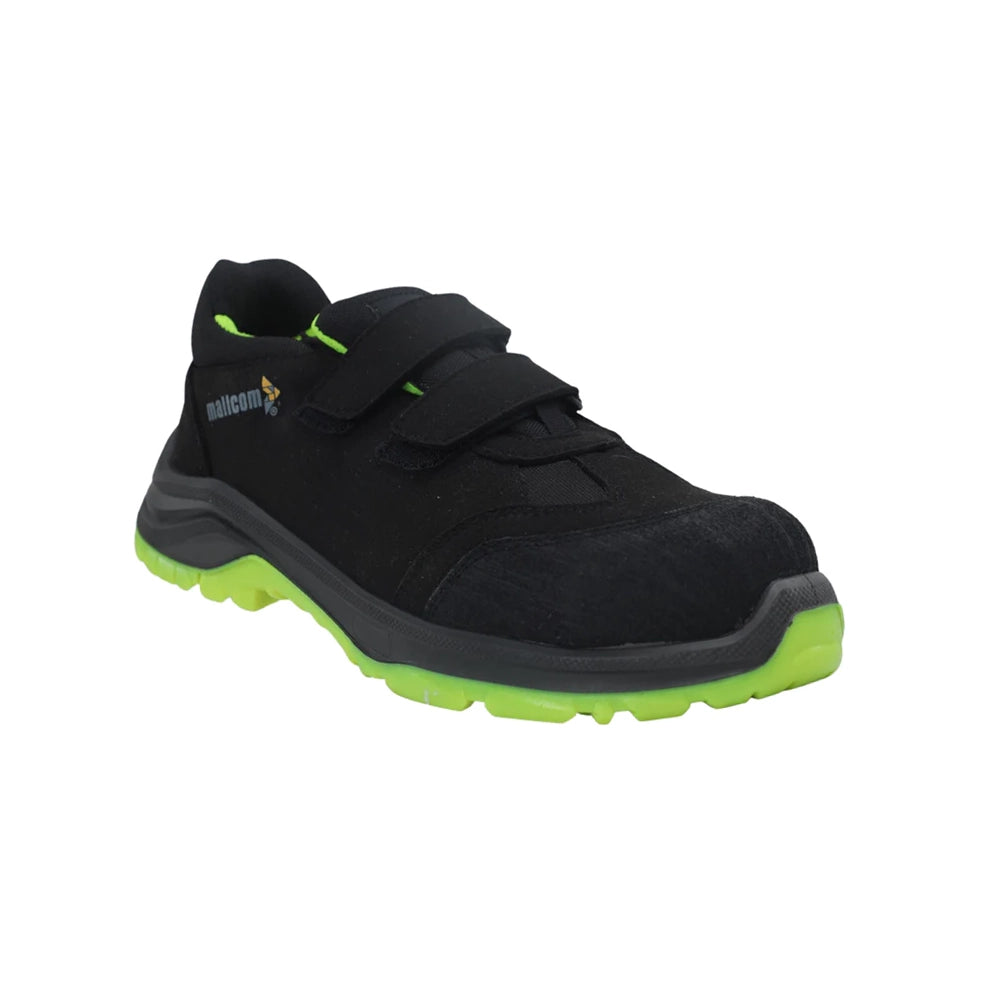
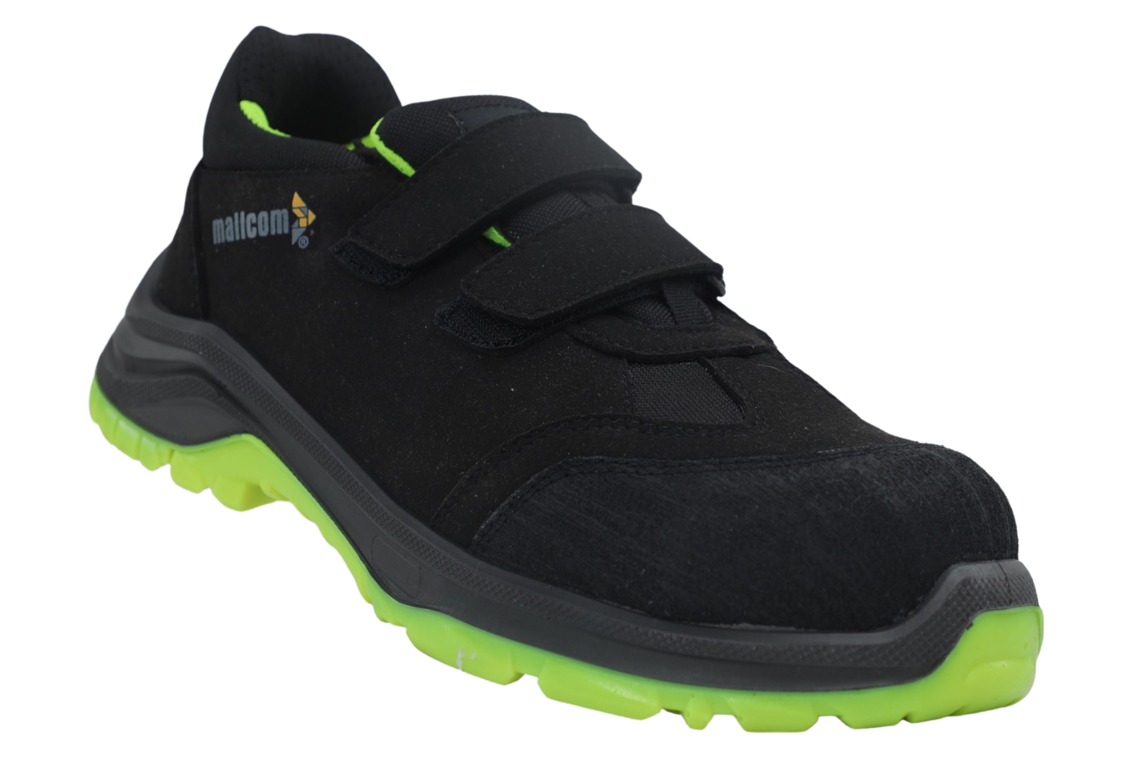
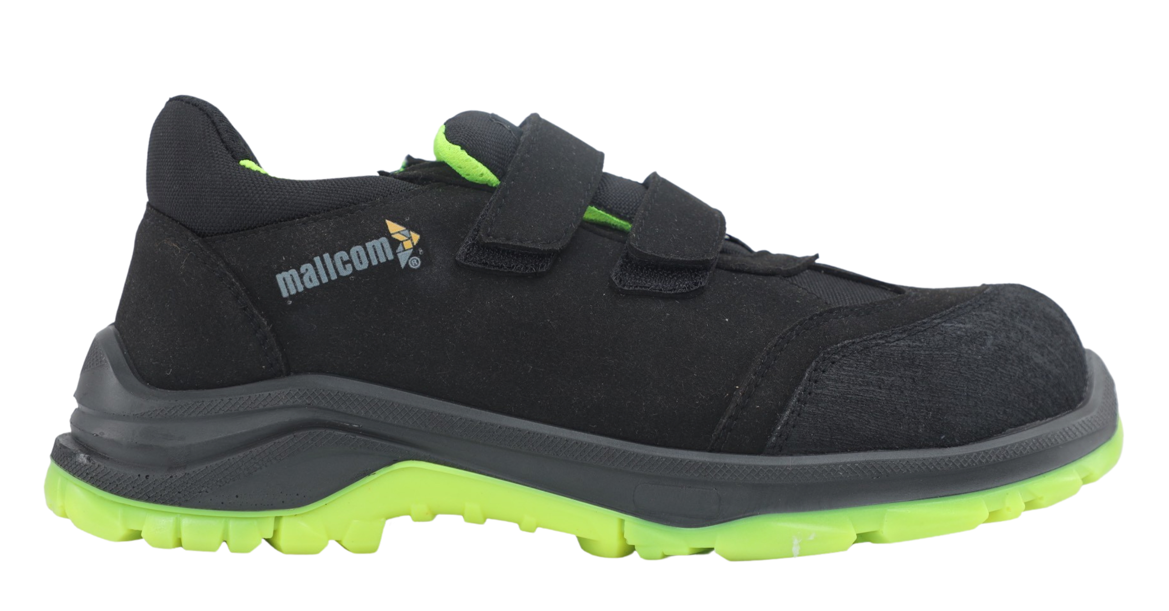
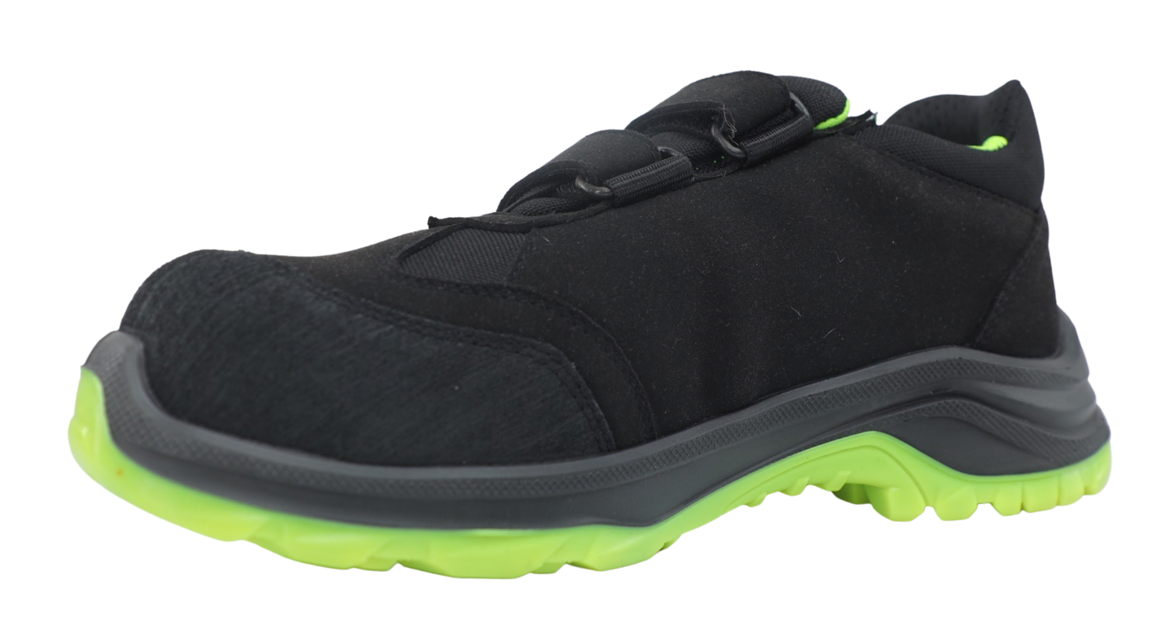
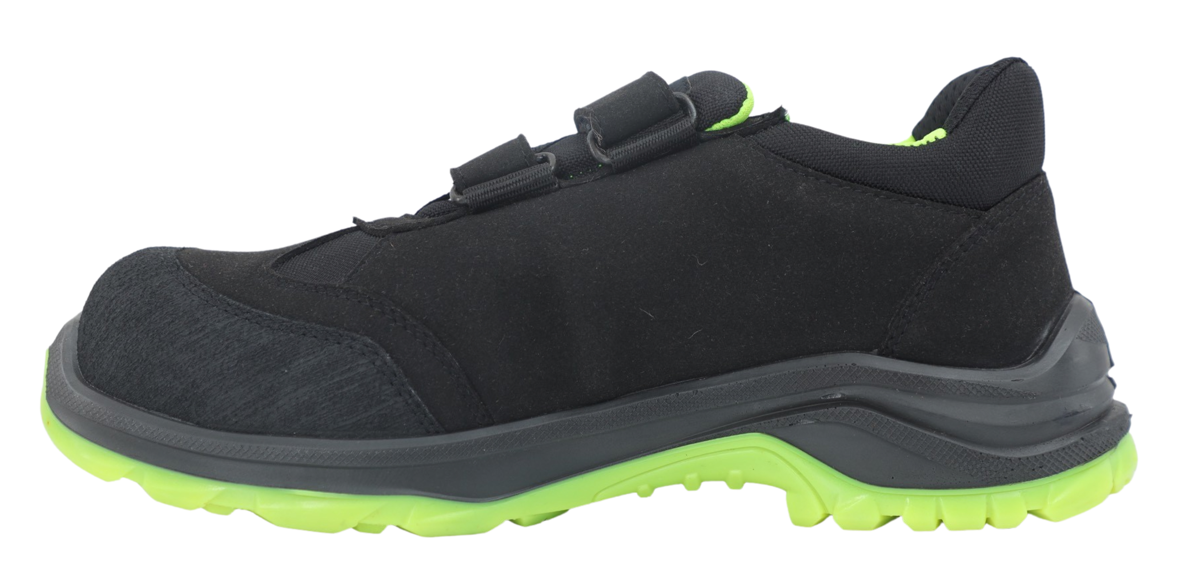
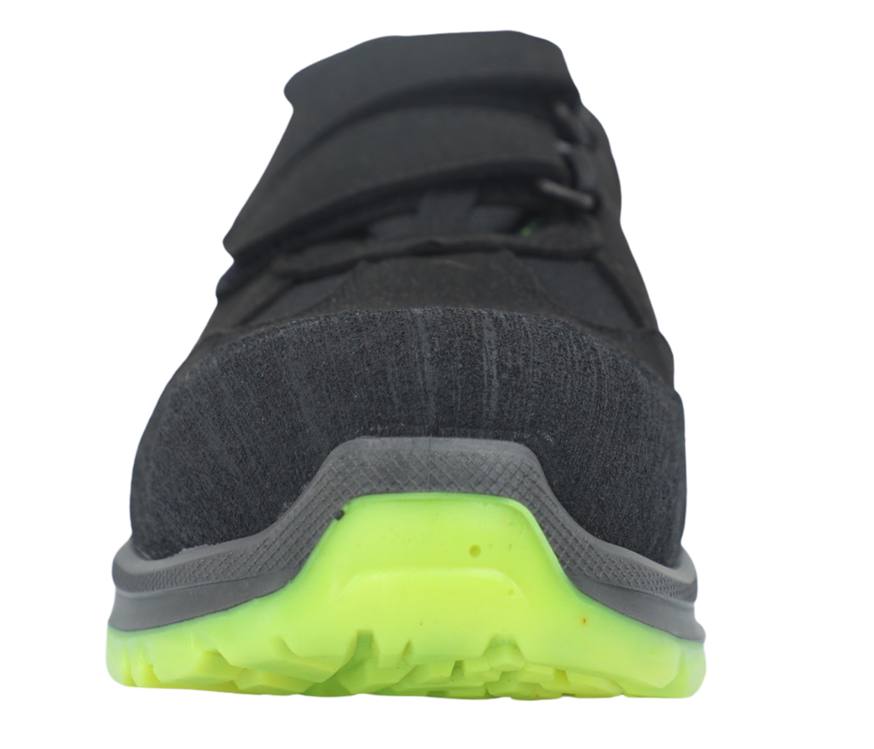
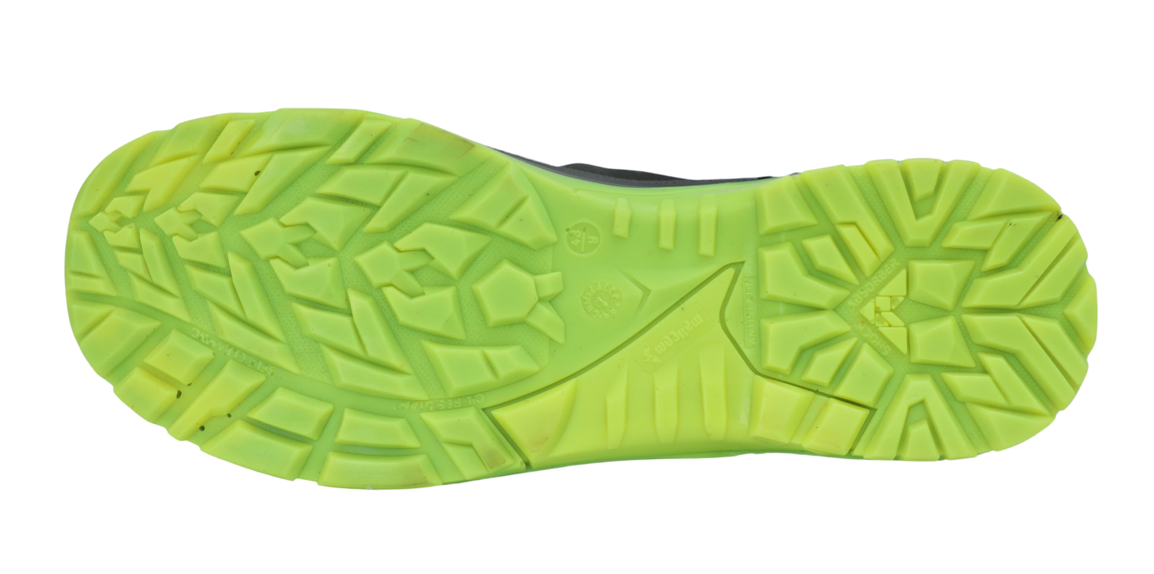
ABOUT THE DESIGN

USEFUL IN THESE INDUSTRIES
CONSTRUCTION
MANUFACTURING
TRANSPORT
AUTOMOBILE
HEAVY ENGINEERING
LOGISTICS

Product Features
ABOUT THE DESIGN
USEFUL IN THESE INDUSTRIES
CONSTRUCTION
MANUFACTURING
TRANSPORT
AUTOMOBILE
HEAVY ENGINEERING
LOGISTICS
Product Details




































